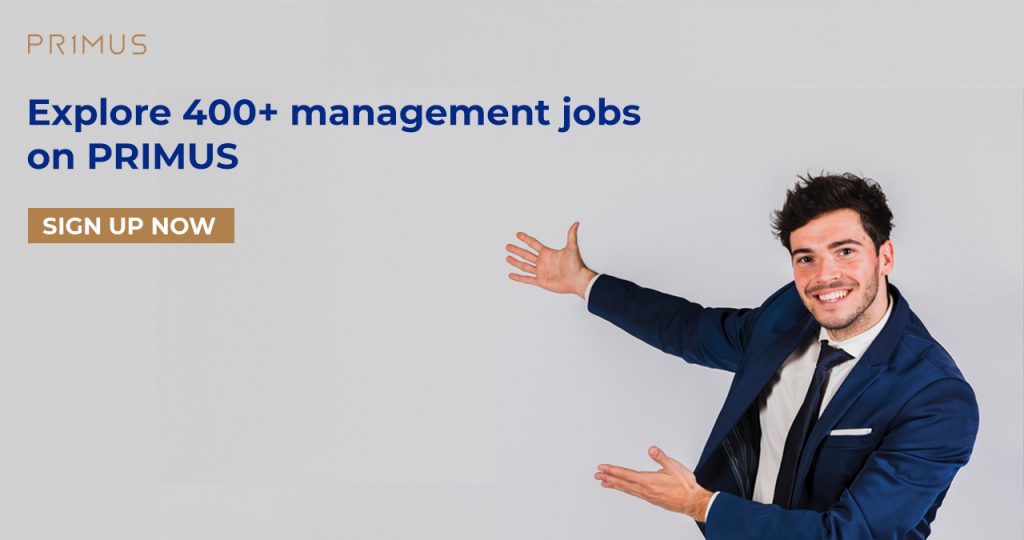
It’s Time For Traditional Middle Manager To Break Their Limits (Part 1)
4 yearsago 0 Comments 1.5k Views
The shift to remote work has taken its toll on us all, but middle managers have faced particular challenges over the last year. A global survey of over 3,000 remote knowledge workers found that middle managers (defined as those managing 1-6 people) are 46% less satisfied with their jobs than senior executives (those managing at least 15 people), they have exhausted more than twice as much as executives (watch more in “Why Being a Middle Manager Is So Exhausting”), when it comes to maintaining a sense of belonging, and they feel more stressed and less productive than their more senior colleagues.

As organizations shift toward a more distributed workforce long-term, the traditional role of a middle manager — monitoring productivity, optimizing individual performance — is becoming increasingly redundant in three key ways:
1. The conventional 9-to-5 model is growing obsolete
The default 9-to-5 model was born for managers to monitor their teams by literally walking about the office and checking in with employees. But the pandemic Coronavirus has appeared and demonstrated that flexible, asynchronous work schedules can drive better work-life balance, lower stress levels, and higher productivity, and so many organizations are permanently shifting away from traditional, 9-to-5 models. Managers must still play an essential role in nurturing talent and forging team connections, but the old-fashioned “management by walking around” approach will no longer be effective. Instead, managers are now tasked with intentionally designing operating norms and workflows for their teams that don’t depend on synchronous, in-person communication — and this is something that many organizations are underprepared to support.
2. Digital infrastructure is replacing the physical office
Much of the traditional role of a middle manager has been to support communication and collaboration for employees that might otherwise struggle to effectively share information. But when that communication moves from a meeting room to a digital channel (Zoom, Skype, Google Hangout,…), it becomes much easier to automate the documentation and sharing of key information and decisions. This dramatically increases transparency, but it also eliminates both the need and effectiveness of many information-sharing mechanisms that would otherwise be the purview of middle management.
3. Measuring output has gotten easier while building shared purpose has gotten harder
When COVID-21 exploded, everyone must work from home, building and maintaining strong team ties, forging alignment around a singular mission and vision — is more challenging than ever. The ability to communicate clearly and rally teams remotely have become critical. At the same time, the shift to digital tools has dramatically simplified the process of tracking and measuring output. These tandem shifts mean that the traditional management approach of “command and control” is unnecessary, and in many cases, counterproductive.
The shift to the transformation of digital tools and technology has made it easier for managers to develop all their abilities. So, more and more middle managers realize that they need to break their traditional mindset in two key ways:
Optimize time spent tracking others’ workloads

The good news is, middle managers still have a key role to play — that role just needs to evolve. For decades, middle managers have been human routers: tracking project status, moving information across teams, and serving as intermediaries between junior employees and senior leaders. In a remote work context, this communication is harder than ever, but the tactics that will be most effective in managing it have changed.
Rather than manually routing information, managers should identify and implement digital tools that can automate and complement human efforts. One of the top stressors cited in our research was “time spent tracking others’ workloads.” Managers will be both more effective and less stressed if they leverage tools optimized for tracking remote and hybrid workforces, and then focus their energy on building teams and developing talent.
This change requires middle managers and executives alike to loosen their grip on the flow of information, embracing a default-to-open culture that doesn’t require the middle manager to decide what information should be shared across teams. Managers will need to become comfortable with greater scrutiny and day-to-day accountability from their employees, but in return, employees will be empowered with the context they need to stay aligned and make quicker and better decisions.
***
According to Harvard Business Review
>> View more: It’s Time For Traditional Middle Manager To Break Their Limits (Part 2)
——————
How do you think about this article? Please share it with us via the comment section below.
PRIMUS – TOP MANAGEMENT JOBS ONLY






